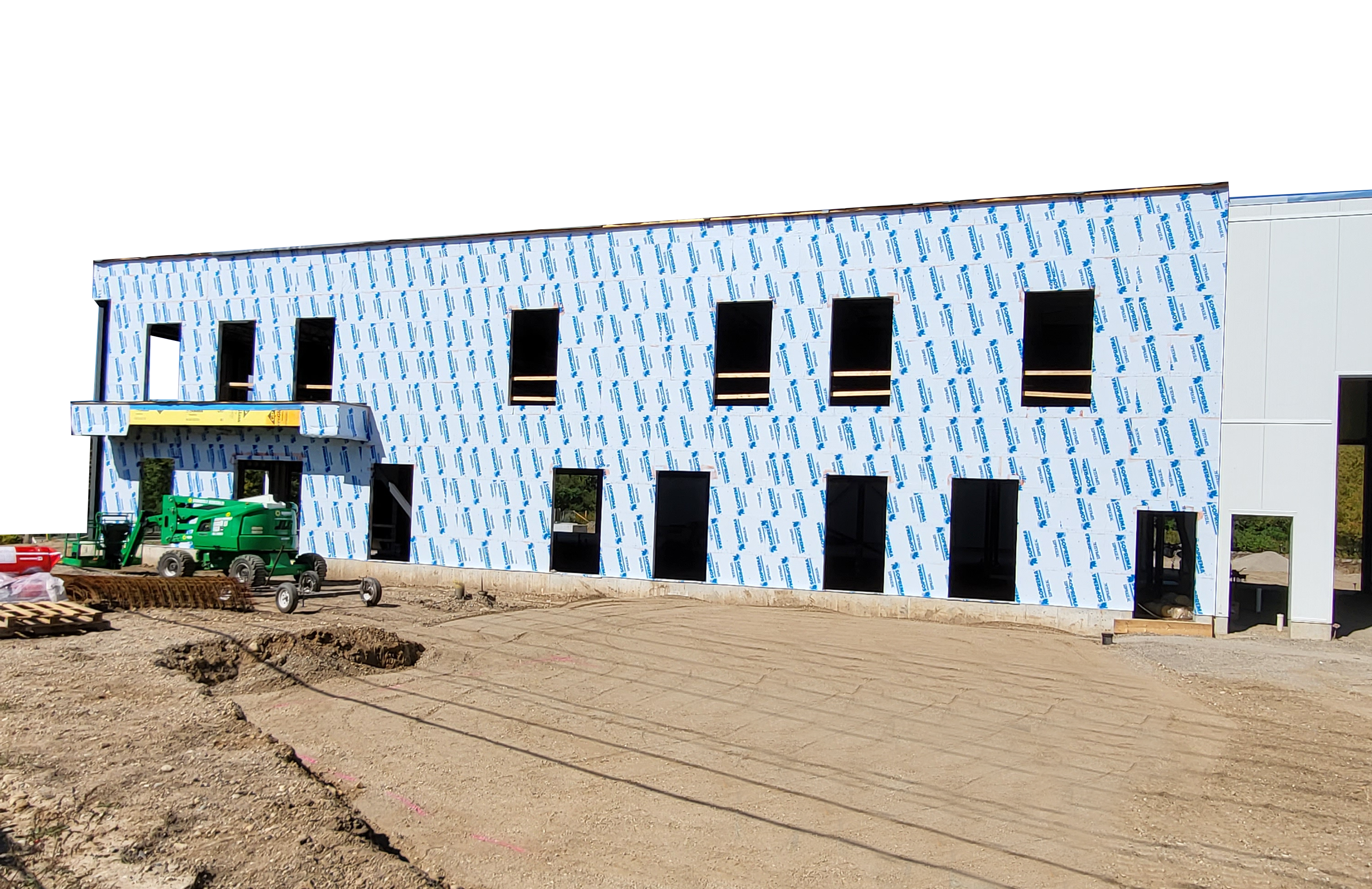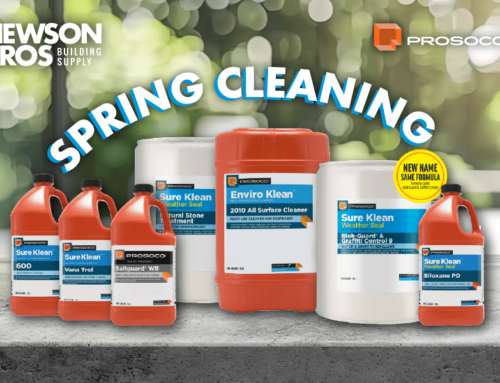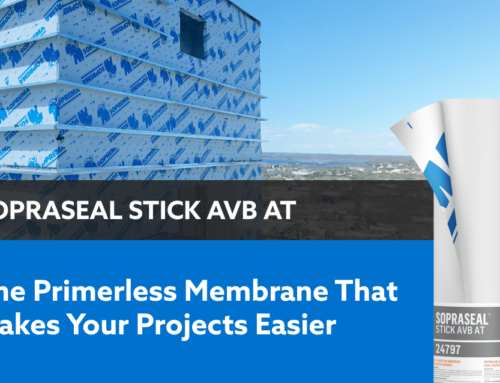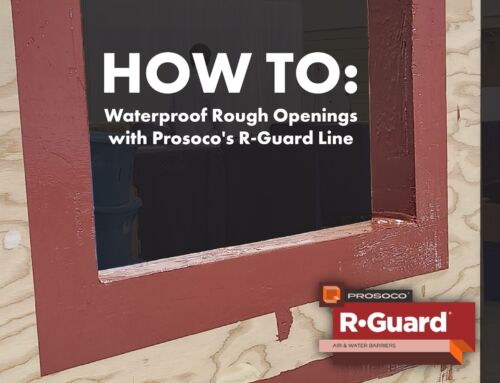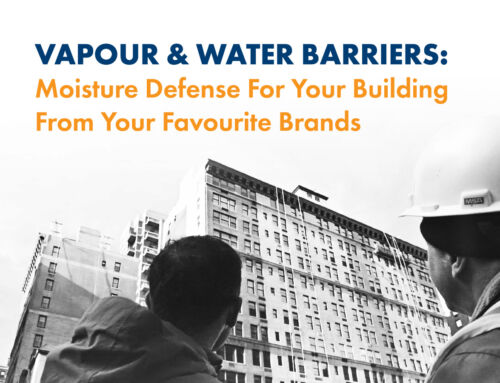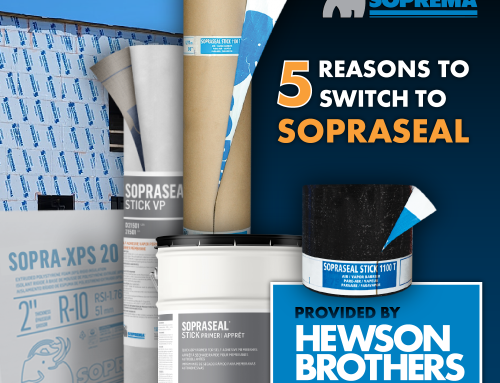It’s important to fully understand why building envelopes must be completely air and vapour tight.
The main function of your building envelope is to separate the interior environment from the outside environment while keeping the transfer of air, moisture and heat to a minimum. Good continuity between components is essential to ensure this building envelope works properly. In this article, you will learn about air & vapour tight barriers with Soprema, and the difference between permeable and non-permeable barriers.
Air leakage is a common problem in building enclosures.
Air leakage is the result of uncontrolled air movement through the building enclosure. The results of air leakage include: condensation builds up inside walls, materials deteriorate over time, building occupants suffer discomfort, energy consumption increases (high heating and cooling costs), efflorescence occurs, bricks become damaged, pipes freeze, rain water leaks in, etc.
There are a number of reasons for air leakage through the building enclosure. These are caused by air pressure from one or more sources, such as wind pressure, the stack effect, or the pressure created by heating, cooling and ventilating mechanical units. Continuity is the most important element for air barriers.
Make sure that the building enclosure is as airtight as possible by installing a high performing air barrier system.
Air barrier systems should meet five criteria:
- Be impermeable to air flow
- Be continuous over the entire building envelope
- It must be able to withstand the forces that may act upon the building envelope
- Be durable over the expected lifetime of the building
- The air barrier membrane must have strength so that there is no deformation so its performance as expected through its service life.
Air and vapour barriers are generally divided into two categories: Permeable and Non-Permeable.
PERMEABLE
Not considered vapour barriers, are only air barriers.RESISTS AIR LEAKAGE, WATER INTRUSION, ALLOWS VAPOUR DIFFUSION
Must always have insulation in wall cavities between studs.Are installed onto exterior sheathing when cavities between studs are insulated.
NON-PERMEABLE
Are considered air/ vapour barriersRESISTS AIR LEAKAGE, WATER INTRUSION, AND VAPOUR DIFFUSION
Must always be set on the warm side of the insulation.
